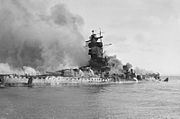
Raoul Gustaf Wallenberg was a Swedish architect, businessman, diplomat, and humanitarian. He saved thousands of Jews in German-occupied Hungary during the Holocaust from German Nazis and Hungarian fascists during the later stages of World War II. While serving as Sweden's special envoy in Budapest between July and December 1944, Wallenberg issued protective passports and sheltered Jews in buildings which he declared as Swedish territory.

Michael Dov Weissmandl was an Orthodox rabbi of the Oberlander Jews of present-day western Slovakia. Along with Gisi Fleischmann he was the leader of the Bratislava Working Group which attempted to save European Jews from deportation to Nazi death camps during the Holocaust and was the first person to urge Allied powers to bomb the railways leading to concentration camp gas chambers. Managing to escape from a sealed cattle car headed for Auschwitz in 1944, he later emigrated to America where he established a yeshiva and self-sustaining agricultural community in New York known as the Yeshiva Farm Settlement. Accusing the Zionist Jewish Agency of having frustrated his rescue efforts during the Holocaust, he became a staunch opponent of Zionism after the war. Weissmandl claimed to have discovered codes in the Biblical text.

During World War II, some individuals and groups helped Jews and others escape the Holocaust conducted by Nazi Germany.
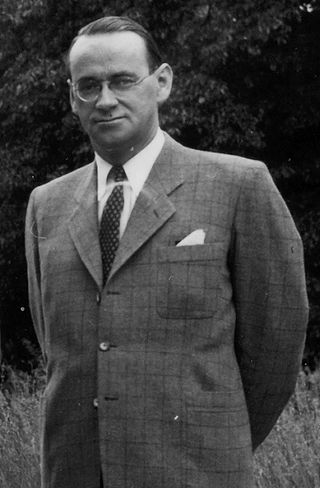
Carl Lutz was a Swiss diplomat. He served as the Swiss Vice-Consul in Budapest, Hungary, from 1942 until the end of World War II. He is credited with saving over 62,000 Jews during the Second World War in a very large rescue operation.
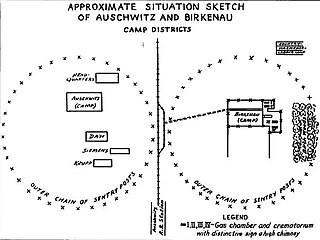
The Vrba–Wetzler report is one of three documents that comprise what is known as the Auschwitz Protocols, otherwise known as the Auschwitz Report or the Auschwitz notebook. It is a 33-page eye-witness account of the Auschwitz concentration camp in German-occupied Poland during the Holocaust.
The Abandonment of the Jews: America and the Holocaust 1941–1945 is a 1984 nonfiction book by David S. Wyman, former Josiah DuBois professor of history at the University of Massachusetts Amherst. Wyman was the chairman of the David S. Wyman Institute for Holocaust Studies. The Abandonment of the Jews has been well received by most historians, and has won numerous prizes and widespread recognition, including a National Jewish Book Award, the Anisfield-Wolf Award, the Present Tense Literary Award, the Stuart Bernath Prize from the Society for Historians of American Foreign Relations, and the Theodore Saloutos Award of the Immigration History Society, and was nominated for the National Book Critics Circle Award."
Jews have been present in El Salvador since the early 19th century, starting with Sephardic Jews and continuing with the arrival of refugees from Europe during World War II. El Salvador has the second largest community in Central America, the majority established in San Salvador, which is the second city with the most Jews in Central America, behind Panama City.

David H. Kranzler was an American professor of library science at Queensborough Community College, New York, who specialized in the study of the rescue of Jews during the Holocaust.

Angelo Rotta was an Italian prelate of the Catholic Church. As the Apostolic Nuncio in Budapest at the end of World War II, he was involved in the rescue of the Jews of Budapest from the Nazi Holocaust. He is a significant figure in Catholic resistance to Nazism.

Père Marie-Benoît was born Pierre Péteul. As a Capuchin Franciscan friar he helped smuggle approximately 4,000 Jews into safety from Nazi-occupied Southern France. On 1 December 1966, he was honored with the Medal of the Righteous among the Nations for his courage and self-sacrifice. His actions to save Jews during the Holocaust were the reason for his epithetFather of the Jews.

José Gustavo Guerrero was a Salvadoran diplomat and jurist. He was President of the Assembly of the League of Nations from 1929 to 1930. He served as the last president of the Permanent Court of International Justice from 1937 to 1946; he was also the first president of the International Court of Justice from 1946 to 1949, and remained on the Court as a regular judge until his death in 1958.
On three cases, entire countries resisted the deportation of their Jewish population during the Holocaust. In other countries, notable individuals or communities created resistance during the Holocaust which helped the Jews escape some concentration camps.

George Mantello, a businessman with various diplomatic activities, born into a Jewish family from Transylvania, helped save thousands of Hungarian Jews from the Holocaust while working for the Salvadoran consulate in Geneva, Switzerland from 1942 to 1945 under the protection of consul Castellanos Contreras, by providing them with fictive Salvadoran citizenship papers. He publicized in mid-1944 the deportation of Hungarian Jews to the Auschwitz-Birkenau death camp, which had great impact on rescue, rapidly led to unprecedented large-scale grass root protests by the Swiss people and church, which was a major contributing factor to Hungary's regent Miklós Horthy stopping the transports to Auschwitz.
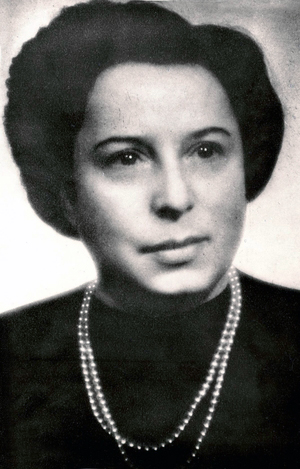
Gisi Fleischmann was a Zionist activist and the leader of the Bratislava Working Group, one of the best known Jewish rescue groups during the Holocaust. Fleischmann was arrested on 15 October 1944 and was murdered in the Auschwitz concentration camp three days later.
Recha Sternbuch was a Swiss Orthodox Jewish woman who was a major Holocaust-era Jewish rescuer.
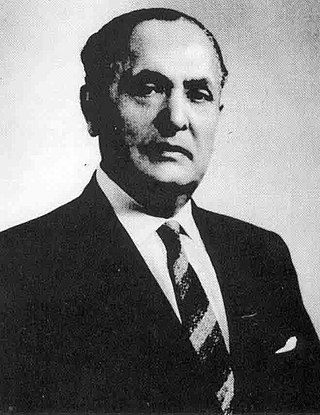
Gilberto Bosques Saldívar was a Mexican diplomat and before that a militant in the Mexican Revolution and a leftist legislator. As a consul in Marseille, Vichy France, Bosques took initiative to rescue tens of thousands of Jews and Spanish Republican exiles from being deported to Nazi Germany or Spain, but his heroism remained unknown to the world at large for some sixty years, until several years after his death at the age of 102. For about two decades after World War II, Bosques served as Mexico's ambassador to several countries. Since 2003, international recognition has been accruing to him. In 1944, he described his efforts thus: "I followed the policy of my country, of material and moral support to the heroic defenders of the Spanish Republic, the stalwart paladins of the struggle against Hitler, Mussolini, Franco, Petain, and Laval."
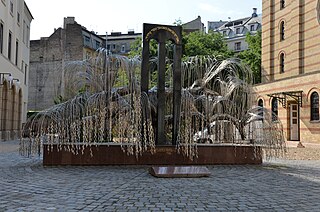
The Raoul Wallenberg Emlékpark in the rear courtyard of the Dohány Street Synagogue holds the Memorial of the Hungarian Jewish Martyrs — at least 400,000 Hungarian Jews were murdered by the Nazis. Made by Imre Varga, it resembles a weeping willow whose leaves bear inscriptions with the names of victims. There is also a memorial to Wallenberg and other Righteous Among the Nations, among them: Swiss Vice-consul Carl Lutz; Ángel Sanz Briz, the Spanish Ambassador in Hungary; Giorgio Perlasca, an Italian man who, with a strategic escamotage, declared himself the Spanish consul, releasing documents of protection and current passports to Jews in Budapest without distinction ; Mons. Angelo Rotta, an Italian Prelate Bishop and Apostolic Nuncio of the State of Vatican City in Budapest, which issued protective sheets, misrepresentations of baptism and Vatican passports to Jews, without distinction of any kind present in Budapest, who saved, with his secretary Mons. Gennaro Verolino tens of thousands of Hungarian Jews during World War II.
A German Salvadoran is a Salvadoran descendant of German citizens who have adopted the two nationalities or Salvadorans who have German ancestry, there is a record of waves of German immigrants since the 19th century, later with the arrival of German refugees during the Second World War. El Salvador has important relations with Germany
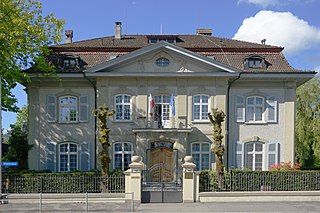
Ładoś Group, Bernese Group is a name given to a group of Polish diplomats and Jewish activists who during Second World War elaborated in Switzerland a system of illegal production of Latin American passports aimed at saving European Jews from the Holocaust. It is estimated that thanks to the action about 10,000 people were saved from being sent to German extermination camps.
Paul Vogt was a Swiss Protestant pastor and theologian. He founded Freiplatzaktion, an organization providing assistance to refugees and migrants, and was instrumental in first releasing news about the Holocaust to the public, including in the United States, during World War II.
















